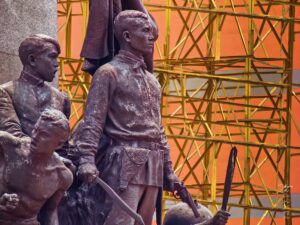
Bonifacio Monumento: A Towering Tribute to Philippine Heroism
The Bonifacio Monument, also called Bonifacio Monumento or Monumento, proudly stands in Caloocan City, Metro Manila. It is a powerful symbol created by the National
Campo Santo De La Loma, commonly known as La Loma Cemetery, was inaugurated in 1884 and is located primarily in Caloocan, with a portion extending into Manila. The cemetery covers just under 54 hectares (130 acres). The creation of this burial ground was necessitated by the 1863 earthquake, which devastated Manila and overwhelmed the existing Paco Cemetery. To address the urgent need for a new burial site, Spanish authorities sought a solution, leading to the decision to develop La Loma.
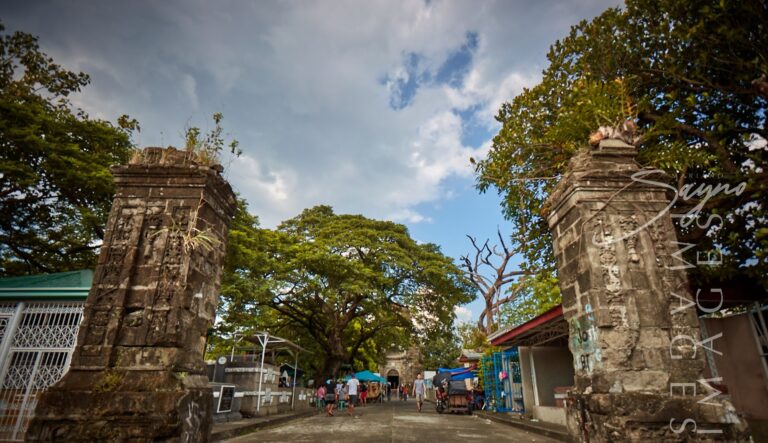
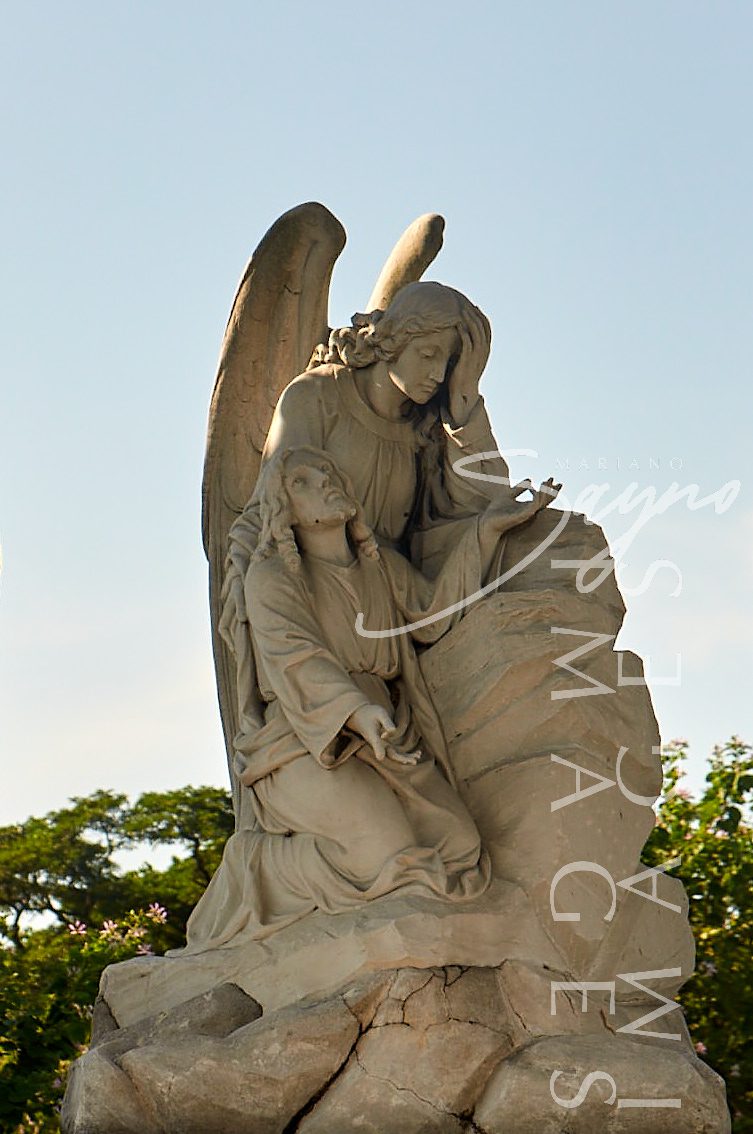
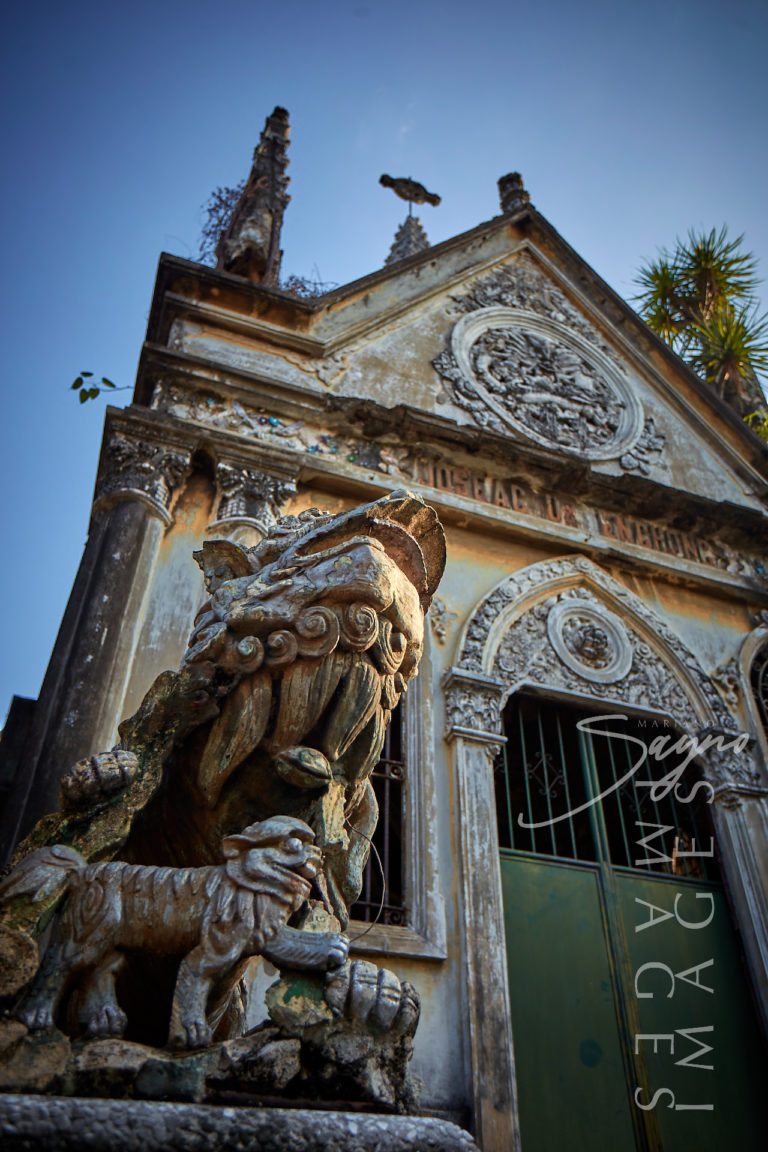
ABOVE: La Loma Cemetery, opened in 1884, was built to replace the overcrowded Paco Cemetery after the 1863 earthquake, with Vicente Carranceja managing the project funded by P30,000.
ABOVE: La Loma Cemetery, opened in 1884, was built to replace the overcrowded Paco Cemetery after the 1863 earthquake, with Vicente Carranceja managing the project funded by P30,000.
Vicente Carranceja, the Inspector General for Public Works, was appointed to oversee the project, which was funded with a budget of P30,000 from the Ayuntamiento. Carranceja, working alongside Marcelo Ramirez, officially began the project on August 3, 1864. This initiative marked a significant step in addressing the burial needs of Manila’s growing population and ensured that the city would have a more suitable and expansive cemetery.
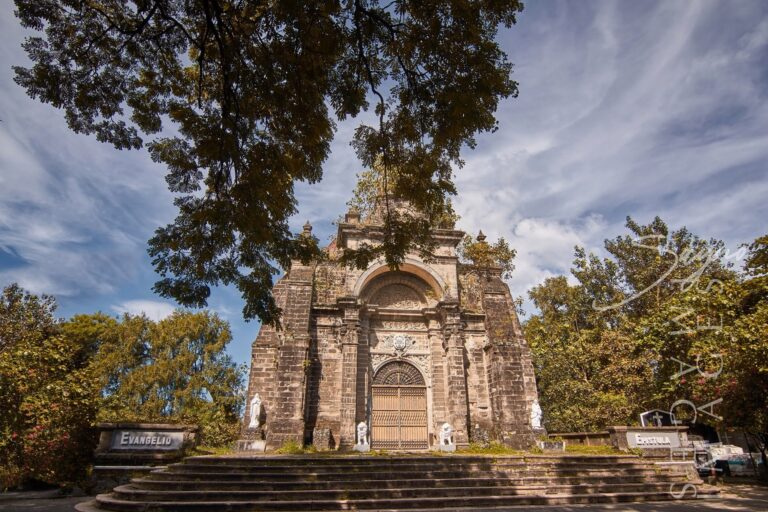
ABOVE: The “Lumang Simbahan” or St. Pancratius Chapel, established in 1884 at La Loma Cemetery, is a historic landmark that witnessed pivotal events like the Philippine-American War and the Battle of Caloocan.
ABOVE: The “Lumang Simbahan” or St. Pancratius Chapel, established in 1884 at La Loma Cemetery, is a historic landmark that witnessed pivotal events like the Philippine-American War and the Battle of Caloocan.
Originally designated as Cementerio de Binondo, the cemetery was named after the jurisdiction of Santa Cruz during the Spanish Colonial Period. The name was later changed to La Loma Cemetery upon its opening. This new designation reflected the cemetery’s emerging role and the shift from its initial colonial associations. During the Spanish colonial era, the cemetery held significant importance, and Spanish officials used it as a means to enforce their authority.
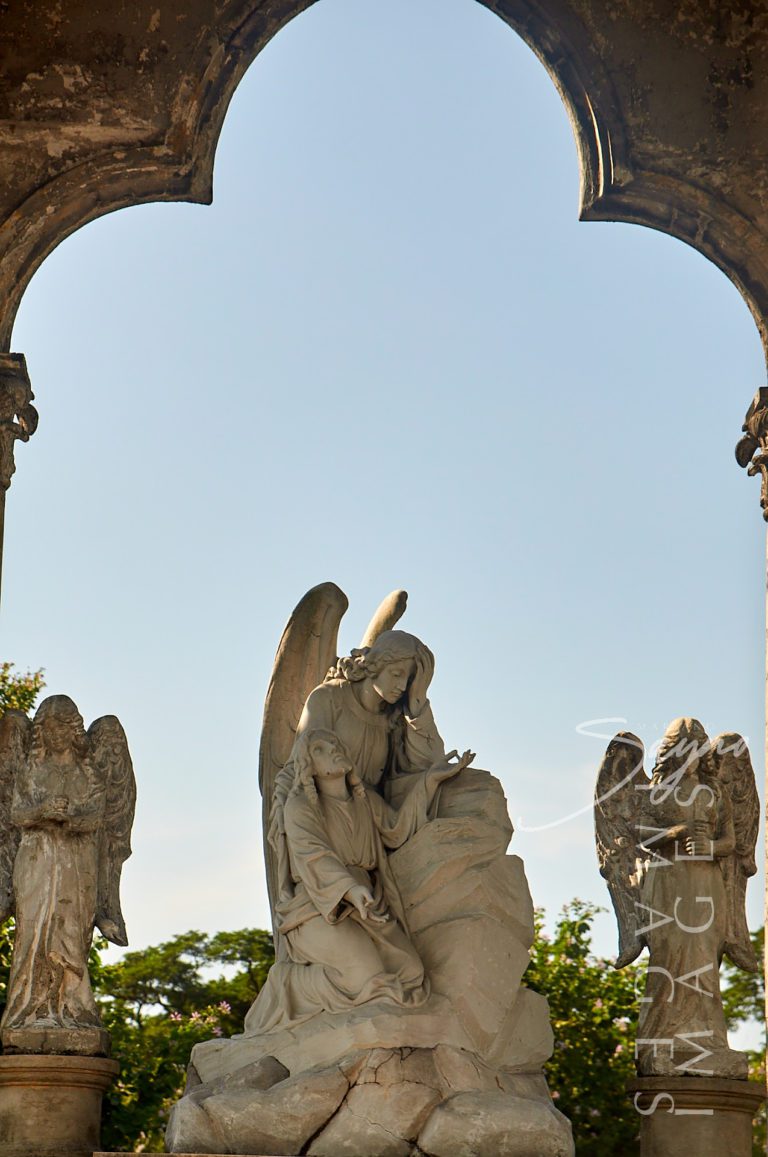
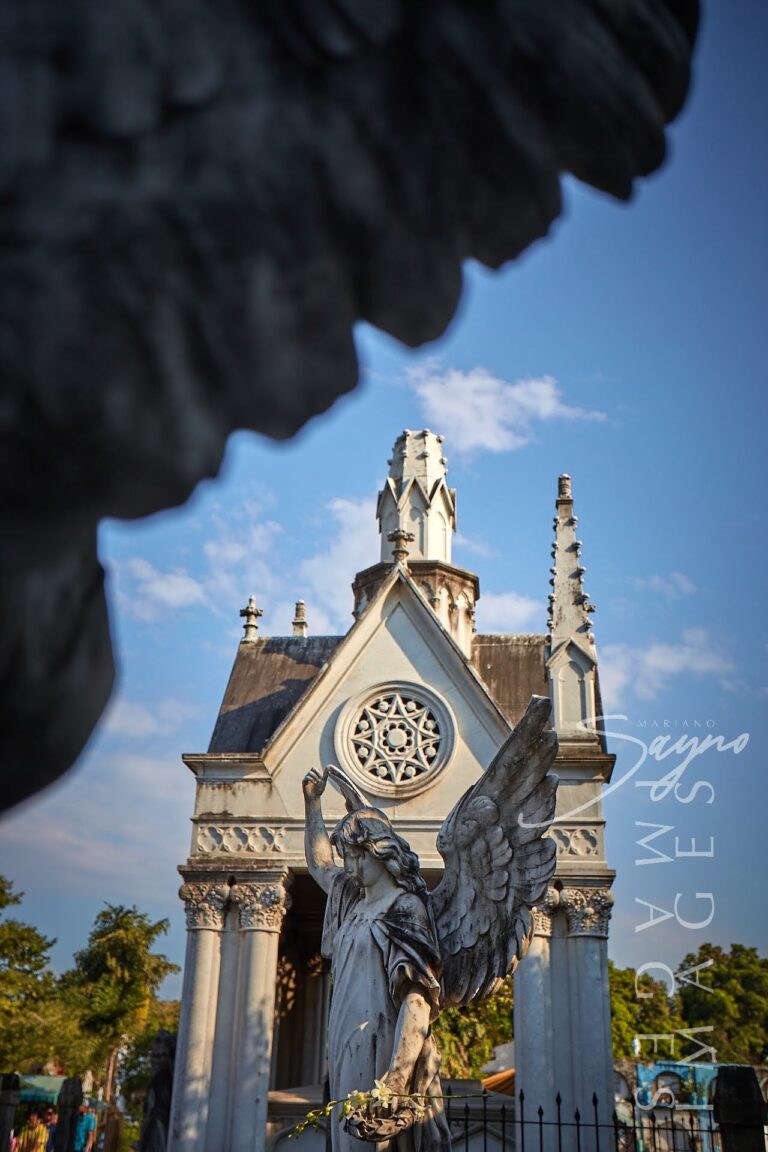
In a notable historical context, Spanish officials warned Filipino rebels that involvement in uprisings would result in exclusion from Catholic cemeteries like La Loma. This threat underscored the cemetery’s role in colonial governance and social order, as access to burial sites was considered an important aspect of a “decent” burial. Such policies highlighted the cemetery’s symbolic and practical importance during the colonial period.
One of La Loma Cemetery’s most prominent features is the “Lumang Simbahan,” or St. Pancratius Chapel. This funerary chapel, dating back to 1884, served as a significant site until 1962. Its architectural prominence made it a focal point during critical historical events, including the Philippine-American War. During the early stages of this conflict, the chapel and Blockhouse 2 were occupied by General Arthur MacArthur and his forces.
The chapel’s location at the northern end of the cemetery also saw action during the Battle of Caloocan, where Filipino forces under General Antonio Luna were stationed. The involvement of the chapel in such significant historical events underscores its importance not only as a burial site but also as a witness to pivotal moments in Philippine history.
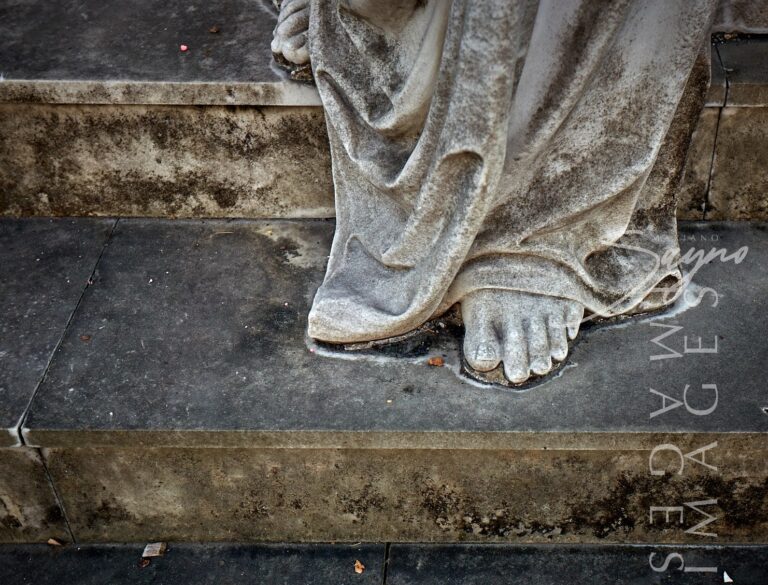
Campo Santo De La Loma is renowned for being the final resting place of several distinguished figures in Philippine history. Among those interred here are Marcela Agoncillo, wife of Felipe Agoncillo and creator of the Philippine national flag. The cemetery also honors Maria Carpena, a pioneering Filipina stage actress and the first Filipina recording artist, as well as Josefa Llanes Escoda, a prominent women’s rights advocate and founder of the Girl Scouts of the Philippines.
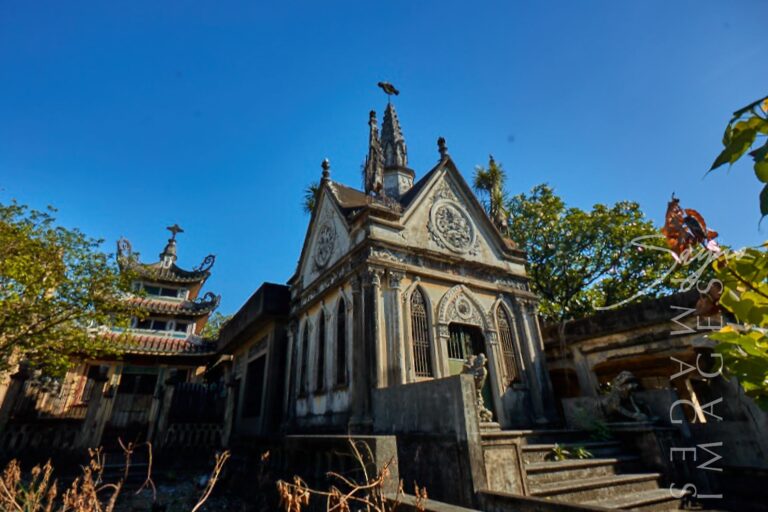

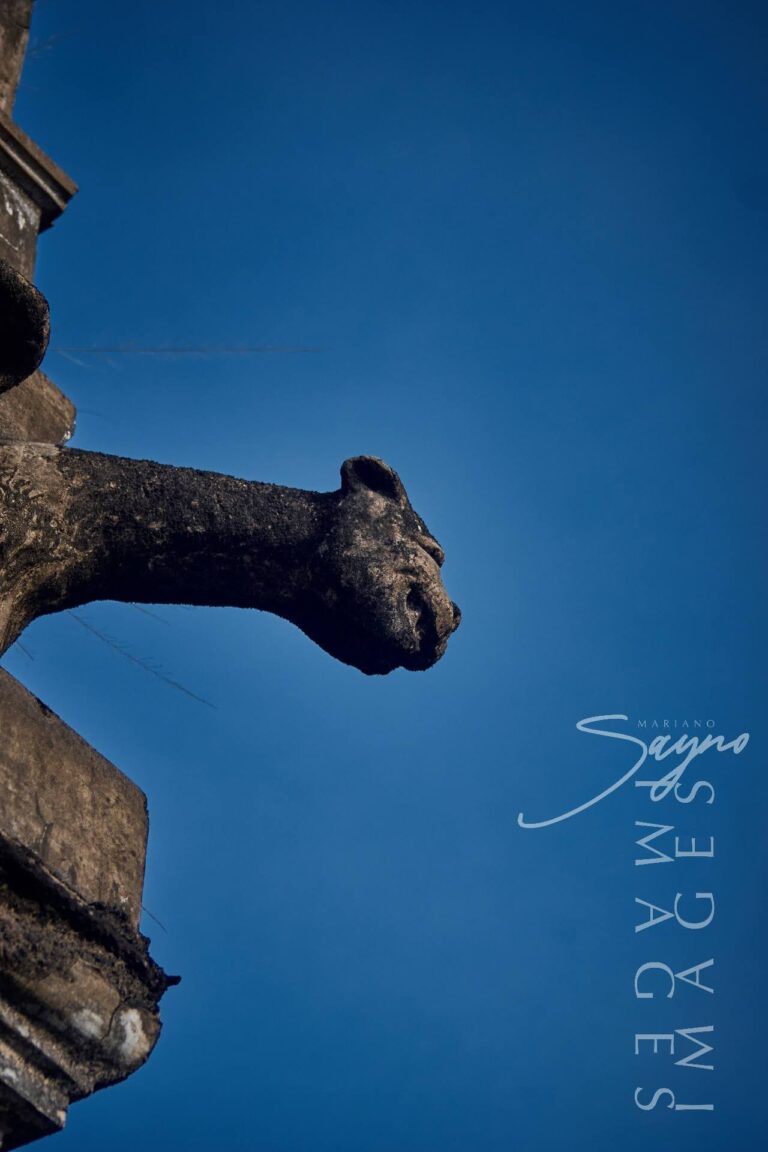
ABOVE: Originally Cementerio de Binondo, La Loma Cemetery symbolized colonial authority, with Spanish officials using it to enforce social order and threaten rebels with exclusion from Catholic burial sites.
ABOVE: Originally Cementerio de Binondo, La Loma Cemetery symbolized colonial authority, with Spanish officials using it to enforce social order and threaten rebels with exclusion from Catholic burial sites.
In addition to these figures, the cemetery is the resting place of Josephus Stevenot, founder of the Boy Scouts of the Philippines, and Tomas Mapua, the first registered architect of the Philippines and founder of the Mapua Institute of Technology. These notable individuals contribute to the cemetery’s rich historical legacy and its significance as a site of remembrance for influential figures in Philippine history.
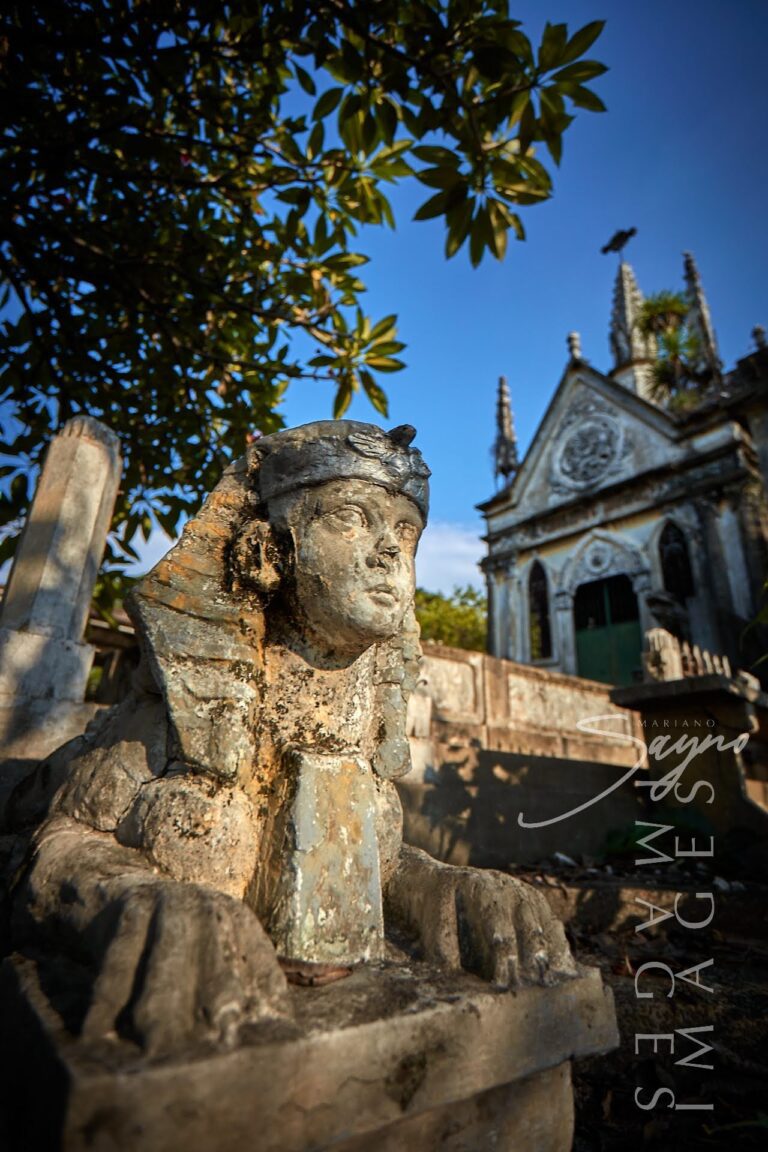
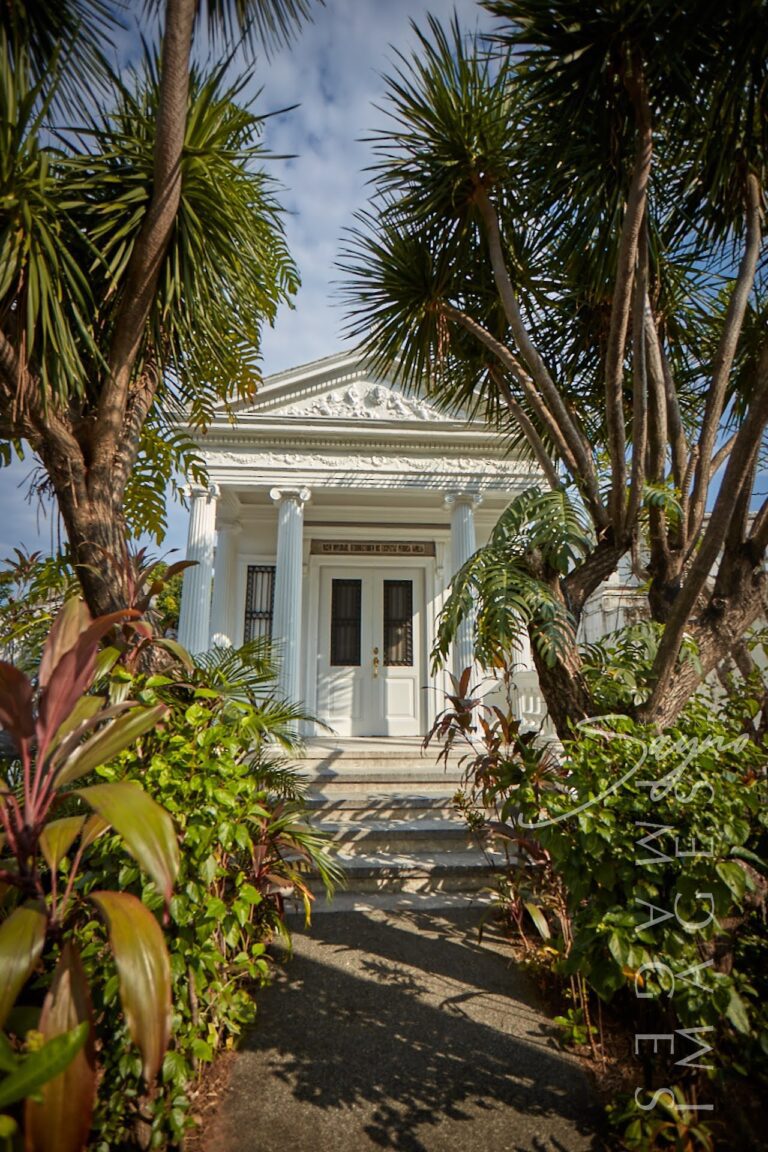
Remarkably, Campo Santo De La Loma survived the 1945 Battle of Manila, a period during which much of the city’s architecture was destroyed. This preservation has made the cemetery a crucial piece of the Philippines’ historical architectural heritage. The survival of La Loma Cemetery amidst widespread devastation underscores its importance as a cultural and historical landmark.
RELATED STORIES

The Bonifacio Monument, also called Bonifacio Monumento or Monumento, proudly stands in Caloocan City, Metro Manila. It is a powerful symbol created by the National
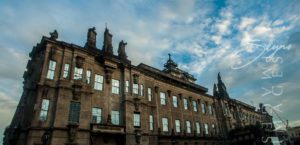
UST, also known as the University of Santo Tomas, is a private Roman Catholic university located in Sampaloc, Manila. It was founded on 28 April
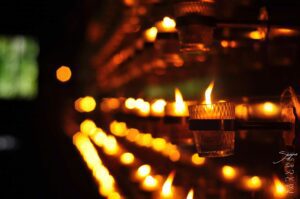
The Padre Pio Chapel, also known as the St. Pio of Pietrelcina Chapel, holds a special place in my heart as a photographer. It revealed
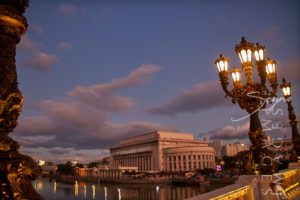
The Manila Post Office, officially known as the Manila Central Post Office, is a distinguished example of neoclassical architecture, originally designed by Juan M. Arellano,
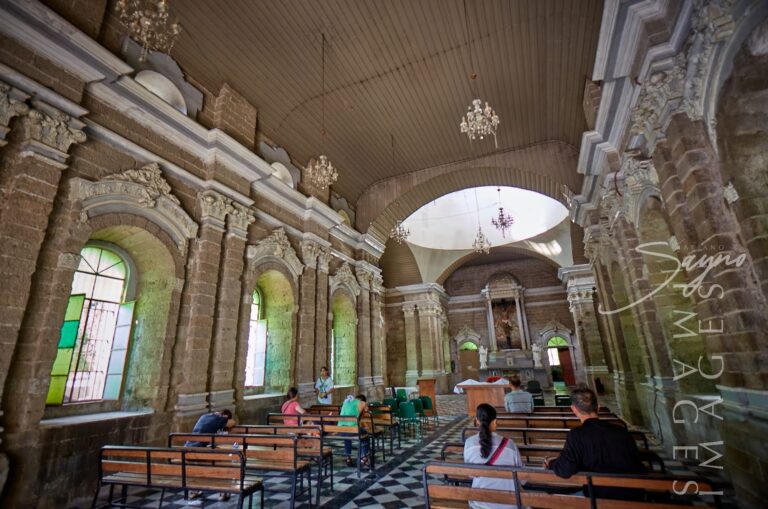
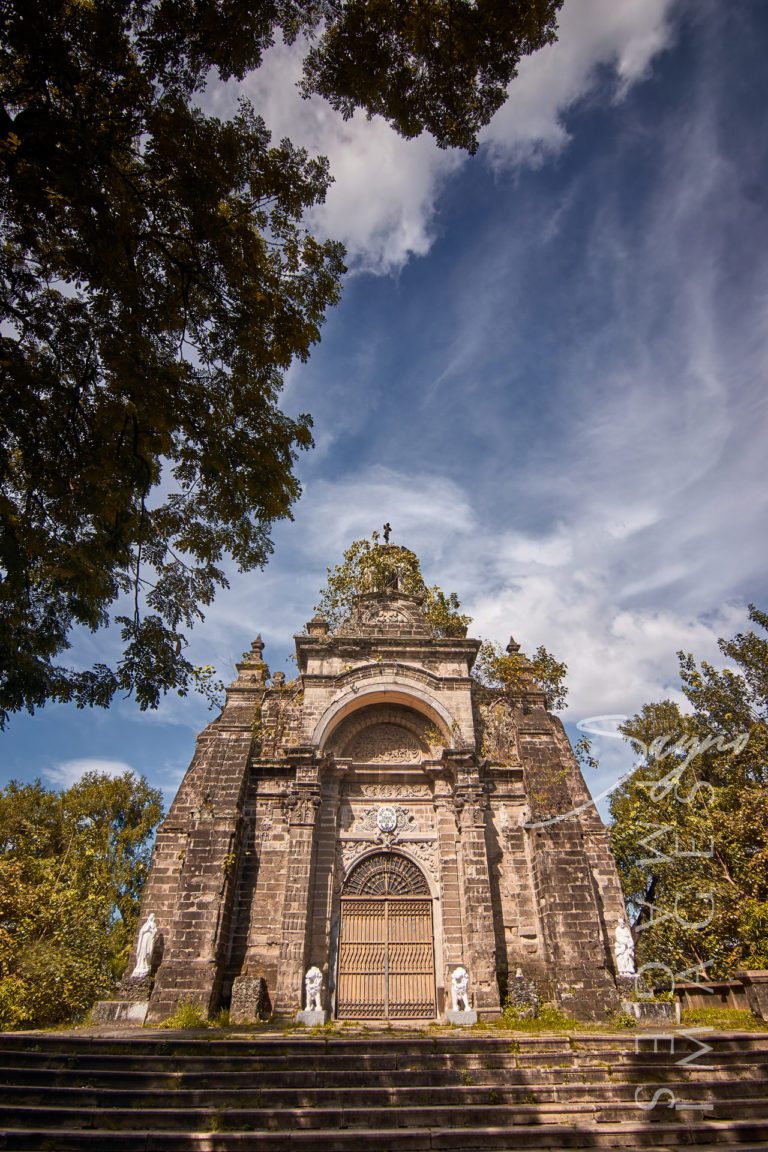
ABOVE: Campo Santo De La Loma, miraculously preserved through the 1945 Battle of Manila, stands as a testament to the resilience of Manila’s historical sites amidst wartime devastation.
ABOVE: Campo Santo De La Loma, miraculously preserved through the 1945 Battle of Manila, stands as a testament to the resilience of Manila’s historical sites amidst wartime devastation.
Today, an anti-aircraft mortar launcher still stands on the cemetery grounds, serving as a reminder of its historical significance. The preservation of La Loma Cemetery amidst the wartime destruction highlights its role as a testament to the resilience of Manila’s historical sites and its enduring legacy in the face of conflict.
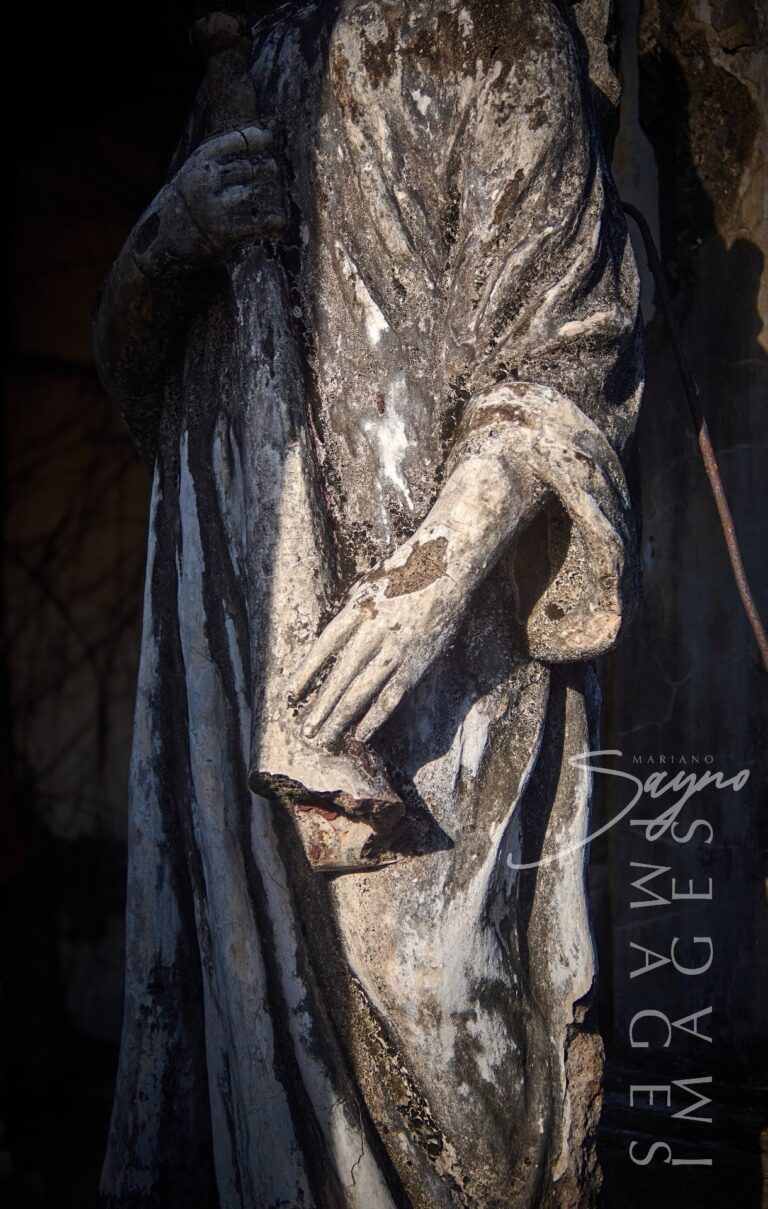
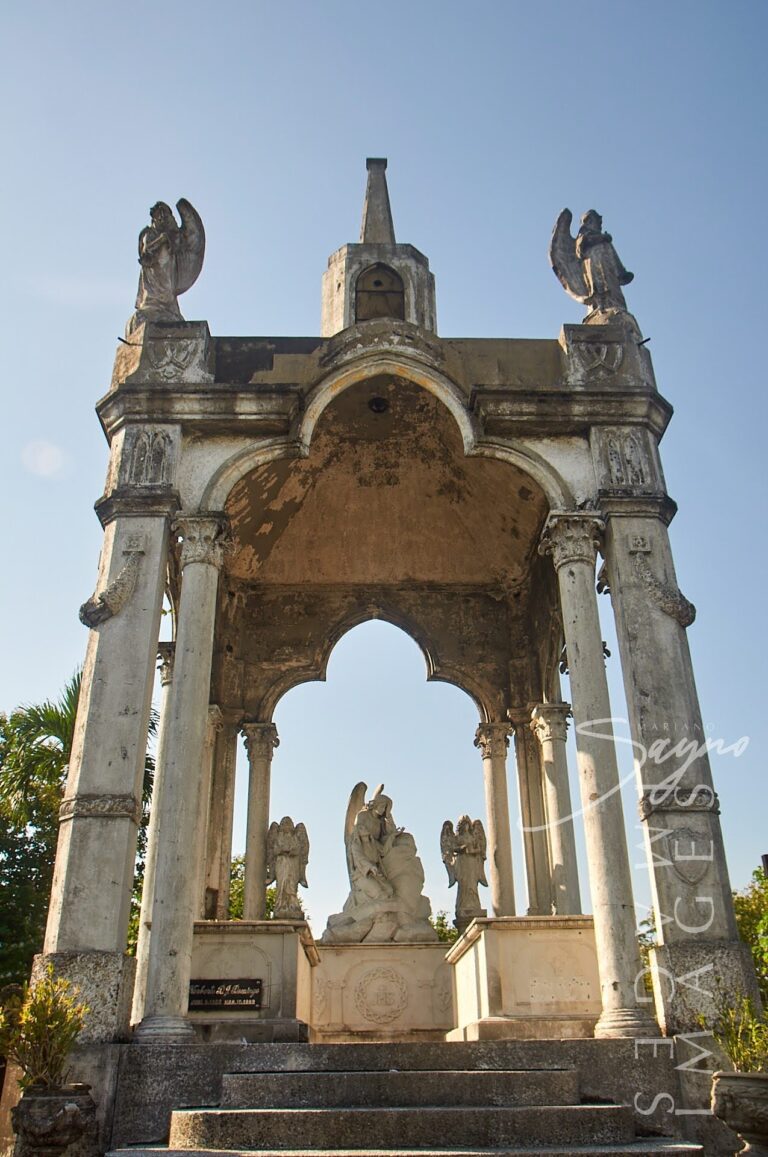
I’m looking forward to the stories and images leaving a lasting positive impression on you, just as they have on me. Stay connected with us on social media for a weekly exploration of travel assignments and breathtaking visuals. Our focus is on championing local tourism, showcasing small businesses, and honoring the magnificence of the Philippines through the content we curate. Join us in spreading the word by clicking the ‘share’ buttons below. Your support means the world to us.
EXPLORE MORE about
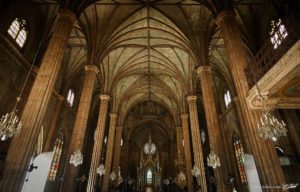
San Sebastian Church is a Roman Catholic Minor Basilica located in Quiapo, Manila. It’s also known as Minor Basilica of San Sebastian or San Sebastian
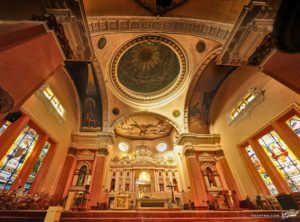
The Binondo Church is a historic church in Manila, located in the District of Binondo, near the Plaza San Lorenzo Ruiz. It was previously called
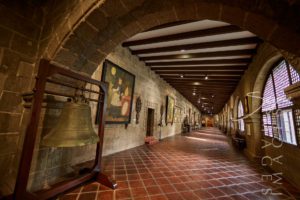
The San Agustin Museum is located adjacent to the UNESCO World Heritage Site, San Agustin Church. It is located in Intramuros—the walled city of Manila—and
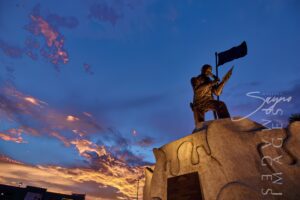
The Andres Bonifacio Birthplace Monument in Tutuban, Divisoria stands as a powerful symbol of Filipino patriotism and a tribute to the courage and leadership of Andres
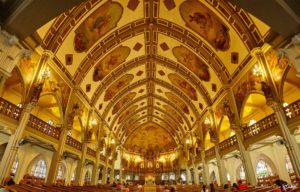
The Manila Abbey San Beda, or formally known as Abbey of Our Lady of Montserrat, is a Benedictine men’s monastery located along the streets of

It is the home of the popular Asian elephant, Mali, as well as 90 other species. As well as being a landmark in Manila, the
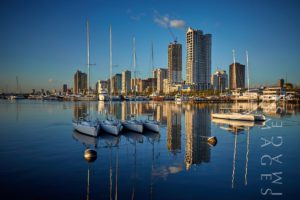
It is considered to be one of the world’s great harbors, the Manila Bay, and it serves as the Port of Manila, Philippines. Having once

The Manila Post Office, officially known as the Manila Central Post Office, is a distinguished example of neoclassical architecture, originally designed by Juan M. Arellano,
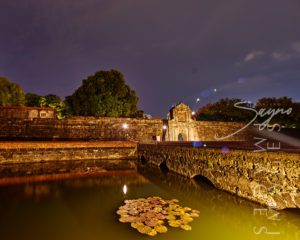
It is also known as the Walled City, and during the Spanish Colonial Period it was synonymous with the city of Manila. Intramuros was also
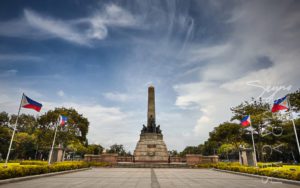
Located along Roxas Boulevard, Manila and adjacent to the century-old walled city of Intramuros, the Luneta National Park, or “Luneta” as many refer to it,
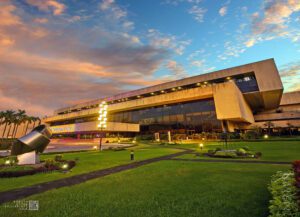
The Philippine International Convention Center (PICC) stands as a monument to the Philippines’ ambition to be a key player on the global stage. With its
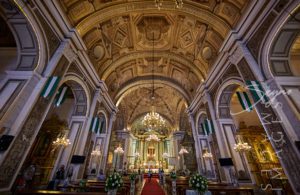
Known as one of the most important baroque churches in the Philippines and as one of the only four baroque churches in the Philippines that
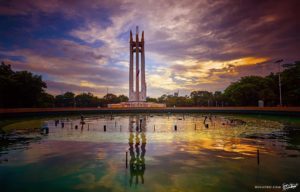
One of Quezon City’s main parks is the Quezon Memorial Circle, which is located in Quezon City and is surrounded by an elliptical road, making

UST, also known as the University of Santo Tomas, is a private Roman Catholic university located in Sampaloc, Manila. It was founded on 28 April
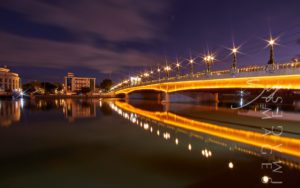
The newly restored Jones Bridge is easily recognizable by its beautifully designed black lamp posts—the same ones that were there when the bridge was first
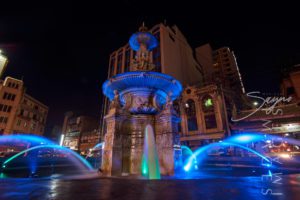
I experienced the vibrant and colorful life of downtown in full. I took some time to appreciate the beauty of Santa Cruz Church and Plaza

As the nation’s first ever world-class marine theme park, Manila Ocean Park is located in Ermita Manila, within the Philippines’ largest urban resort/aqua-themed hotel complex
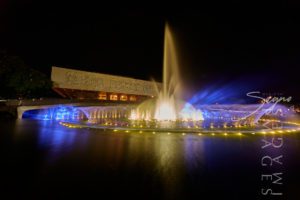
The Cultural Center of the Philippines or CCP was founded in 1966 under the directive of former President Ferdinand Marcos, in order to reinforce and
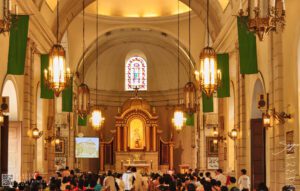
Malate Church stands as a profound symbol of faith, resilience, and artistry, preserving its sacred role and architectural splendor through centuries of triumphs and trials.
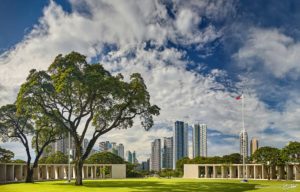
Manila American Cemetery and Memorial is located in the heart of Taguig City on the lands of Fort Bonifacio and serves as the largest grave
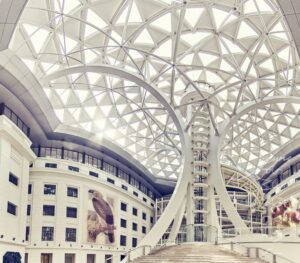
Explore the vibrant tapestry of Manila through its four national museums, each a unique gem in the city’s cultural crown. These four distinguished establishments are

The Bonifacio Monument, also called Bonifacio Monumento or Monumento, proudly stands in Caloocan City, Metro Manila. It is a powerful symbol created by the National
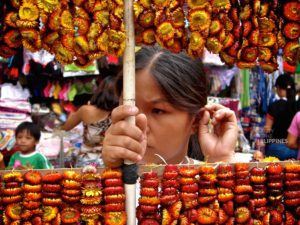
Plaza Miranda is a public square bounded by Quezon Boulevard, Hidalgo Street and Evangelista Street in Quiapo, Manila. It is the plaza which fronts the
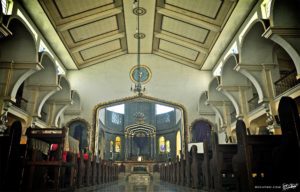
The Polo Church, formally known as the San Diego de Alcala Church, resides in the Polo neighborhood of Valenzuela, Manila. This church has a captivating

The Padre Pio Chapel, also known as the St. Pio of Pietrelcina Chapel, holds a special place in my heart as a photographer. It revealed
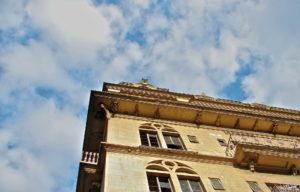
It is always a surprise for buildings, parks and houses to survive such wars as it is almost inevitable that everything will be brought down
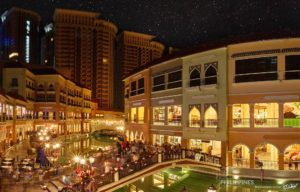
Located in the heart of the Taguig City, the Venice Grand Canal is a lifestyle mall development under the Megaworld Lifestyle Malls Located inside the
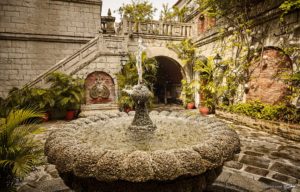
Casa Manila is a living museum that features the lifestyle of a wealthy Filipino family living during the last years of the Spanish colonial period,
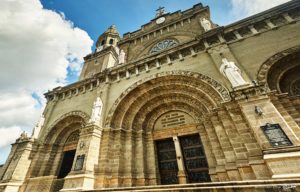
Originally built in 1880, the Manila Cathedral is the current version of the longstanding Church of Manila. It is a masterpiece of architecture that was
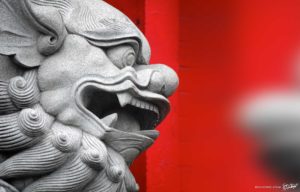
In addition to being considered the oldest Chinatown in the world, Binondo Chinatown is also the center of trade and commerce in Manila City. In
BROWSE BY CATEGORIES